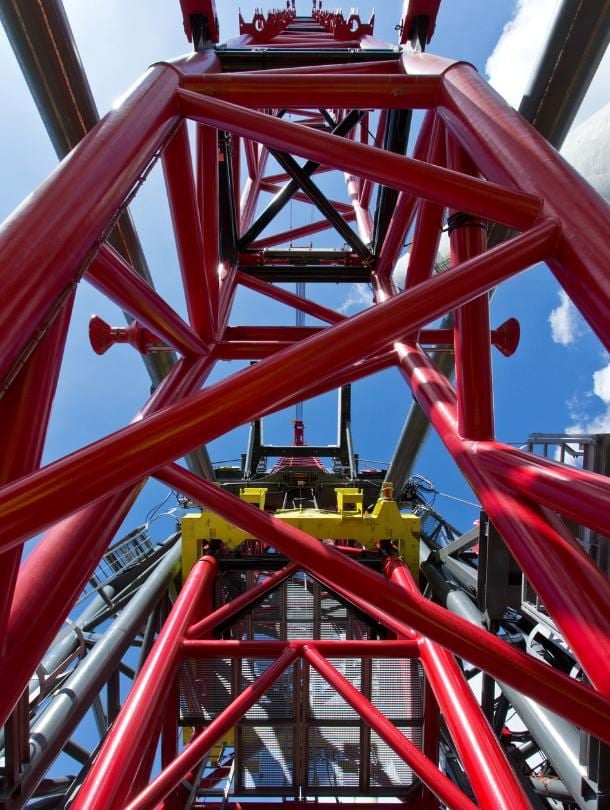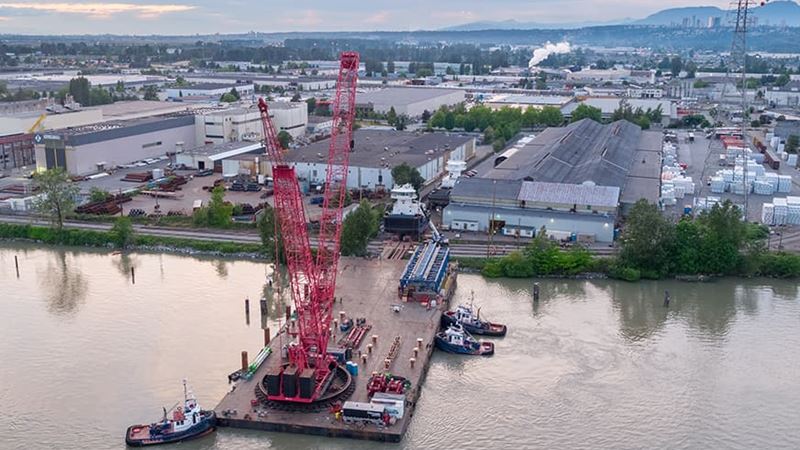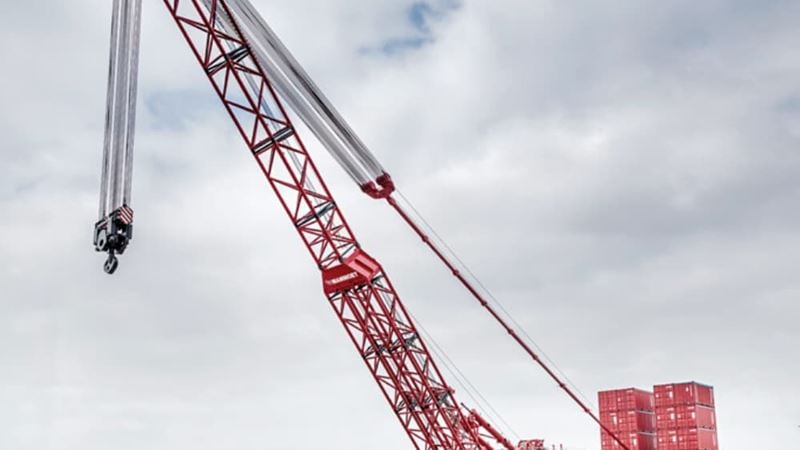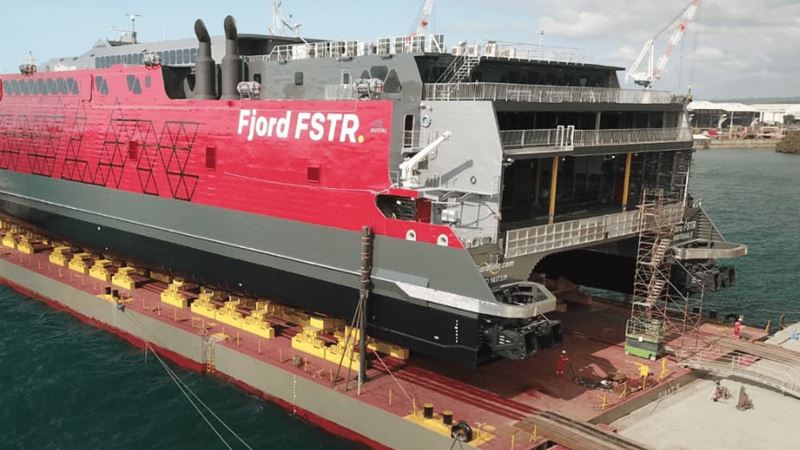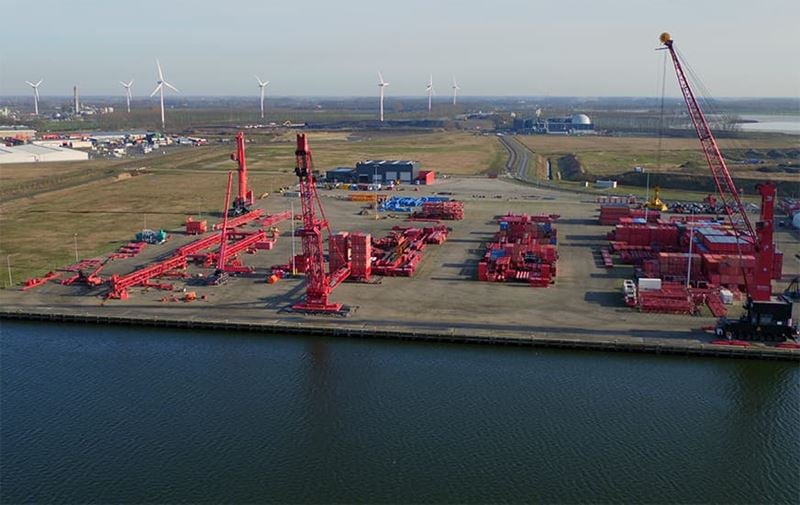
Sector:
Ports & Shipyards
Expertise:
Heavy lifting
Crane lifting
Benefits:
Reduced preparation
Location:
Netherlands
The quay-side mobile terminal crane has been engineered and built by Mammoet to lift 600 tons at 25 meters while reducing project time and costs.
To upgrade lifting capacity at its multi-purpose terminal at Westdorpe, near Terneuzen, The Netherlands, Mammoet has installed one of its highly efficient heavy-lift MTC15 cranes. With a capacity of 600 tons at 25 meters, no other heavy-lifting device on the market combines the MTC15’s features, lifting power and efficiency.
With a load moment capacity equal to a large 1,200 metric ton crawler crane or a large floating sheerleg, the crane enables loads up to 600 tons to be lifted to and from the quay from non-geared cargo vessels in water up to 12.5 meters deep. This lifting capacity is ideal for loading and offloading heavy items such as columns, vessels, reels, project cargo and engines, without having to reinforce the quay.
With 100,000m2 of storage plus hoisting and handling facilities at the Terminal Terneuzen, along with an inland truck and rail connection, the MTC15 is set to enhance the terminal’s service offering even further and provide a significant strategic advantage to many clients in the area.
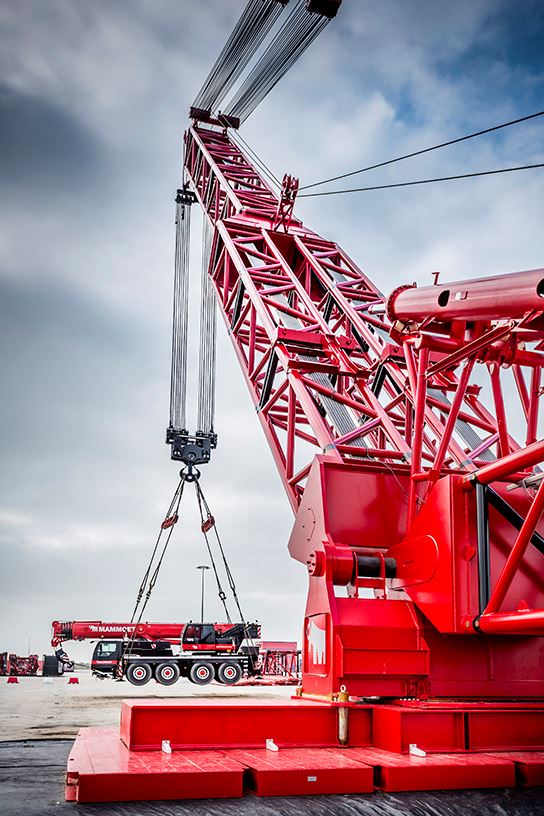
The Mammoet Terminal Manager, Marlon Roels, says: “Thanks to the MTC15’s extremely high capacity and outreach, the Mammoet multi-purpose terminal will be ideal for oil and gas, civil construction and energy industry wishing to transfer heavy components.”
The MTC15 is a fully-containerized crane developed by Mammoet to bring heavy-lift capabilities to any port capable of receiving containers in a matter of days. Mobilizing an MTC15 reduces the dependence of ports on self-geared cargo vessels and floating cranes. It also reduces costs, project length and environmental harm by using local resources such as water or sand for its ballast, instead of requiring operators to transport hundreds of tons of ballast from elsewhere.
